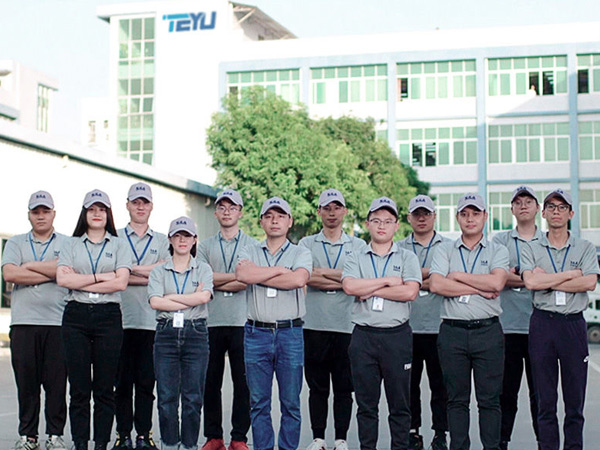Le perdite nei refrigeratori industriali possono essere causate da guarnizioni obsolete, installazione non corretta, fluidi corrosivi, fluttuazioni di pressione o componenti difettosi. Per risolvere il problema, è essenziale sostituire le guarnizioni danneggiate, garantire un'installazione corretta, utilizzare materiali resistenti alla corrosione, stabilizzare la pressione e riparare o sostituire i componenti difettosi. Per i casi più complessi, si consiglia di rivolgersi a un professionista.
Come identificare e risolvere i problemi di perdite nei refrigeratori industriali?
I refrigeratori industriali sono fondamentali per mantenere temperature operative ottimali in diverse applicazioni. Tuttavia, occasionalmente possono verificarsi problemi di perdite, con conseguenti prestazioni ridotte, tempi di fermo e costi di manutenzione. Comprendere le cause e sapere come affrontarle tempestivamente può contribuire a garantire l'affidabilità del sistema a lungo termine.
Cause comuni di perdite nei refrigeratori industriali
Diversi fattori possono contribuire alle perdite nei refrigeratori industriali. Una delle cause più frequenti è l'invecchiamento o il danneggiamento degli anelli di tenuta, che possono degradarsi nel tempo a causa dell'usura, della scelta impropria dei materiali o dell'esposizione a fluidi incompatibili. Anche errori di installazione, come componenti eccessivamente serrati o disallineati, possono compromettere la tenuta. I fluidi di raffreddamento corrosivi possono erodere le guarnizioni e i componenti interni se non gestiti correttamente. Inoltre, eccessive fluttuazioni di pressione possono danneggiare le guarnizioni e causare perdite. Anche guasti ad altri componenti refrigeratore, tra cui il serbatoio dell'acqua, l'evaporatore, il condensatore, le tubazioni o le valvole, possono causare perdite in caso di difetti di saldatura o collegamenti allentati.
Soluzioni e misure preventive
Per risolvere i problemi di perdite, è essenziale sostituire innanzitutto eventuali anelli di tenuta usurati o incompatibili con materiali idonei e conformi alle condizioni operative. Assicurarsi che tutti i componenti siano installati correttamente e serrati come specificato nel manuale utente. Scegliere materiali resistenti alla corrosione, pulire regolarmente il sistema e sostituire il refrigerante per prevenire danni chimici. L'installazione di dispositivi di stabilizzazione della pressione, come serbatoi di accumulo o valvole di sicurezza, può contribuire a mantenere una pressione interna costante. Per le parti strutturali danneggiate, potrebbe essere necessaria la riparazione tramite saldatura o la sostituzione dei componenti. In caso di dubbi o mancanza di competenze tecniche, si consiglia vivamente di contattare un team di assistenza professionale. Gli utenti di TEYU S&A refrigeratore possono contattare il nostro team post-vendita all'indirizzoservice@teyuchiller.com per il supporto di esperti.
Identificando la causa principale delle perdite e implementando soluzioni appropriate, gli operatori industriali refrigeratore possono proteggere efficacemente le loro apparecchiature e mantenere prestazioni di raffreddamento efficienti.


Siamo qui per te quando hai bisogno di noi.
Compila il modulo per contattarci e saremo lieti di aiutarti.









































































































